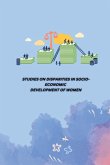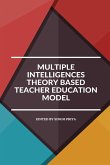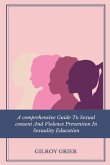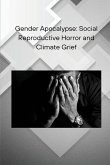Female's transition from 'girlhood' to 'womanhood' and is marked with the onset of menarche. This is beginning of a cyclic endometrial shedding and discharge of a bloody fluid from the uterus each month called menstruation which continues until one reaches to the stage of menopause. This event, because of health related and reproductive implications has assumed significance in the social space of Indian families. It is accompanied by a number of practices that restrict the participation of menstruating girl during those days. Also, a number of misconceptions and beliefs are associated with it. This study explores the nature of menstrual experiences and related issues of health and wellbeing, symptoms of menstrual distress and its correlates in a sample of post-menarcheal adolescent girls (n=125) from early (12-14 yrs, n=42), middle (15-17 yrs, n=43), and late adolescent (18-20 yrs, n=40) age groups. They were enrolled in three schools and two colleges in Delhi. The study used quantitative as well as qualitative approaches to inquiry. In quantitative study (n=125) a set of self-report measures (Demographic Information Schedule, Menstrual Characteristics Schedule, Menstrual Distress Questionnaire, General Health Questionnaire-28, Indian Adolescent Life Style Survey, and Rosenberg's Self-esteem Scale) was used to assess the pattern of menstrual symptomatology, and correlates of menstrual distress in relation to demographic factors, menstrual characteristics, general health, life style, and self-esteem. The qualitative study used a semi-structured interview schedule to capture the nuances of menarche and menstrual experiences and related issues. The qualitative part included 20 adolescent girls from main sample. The results of quantitative study showed significant effect of age for pain, behavioral change, and autonomic reactions, somatic symptoms and anxiety, sleep habits, religious behaviors, study habits, sporting activity, and daily routine of life style. The socioeconomic status (SES) yielded statistically significant effects for five life style factors i.e. dietary habits, food items, religious habits, study habits and leisure activities. Menstruation was perceived more debilitating by late adolescent girls and symptoms were severe for the high SES girls. The more severe the menstrual distress, the poorer was general health and higher the impact on daily activities as well as higher frequency of the absence from school, sports, social gatherings etc. Late adolescent and high SES girls reported poorer general health. Factors related to life style led to fluctuating symptoms of menstrual distress among early and middle adolescent and high SES girls. Self-esteem was negatively associated with behavioral change and negative affect among late adolescent girls. Results of a stepwise multiple regression indicated that menstrual distress was significantly predicted by mother's occupation, amount of blood flow, menstruation-regularity, dietary habits, relationship, sporting activity, religious behavior, leisure activity, study habits, age, food intake and all dimensions of general health.








